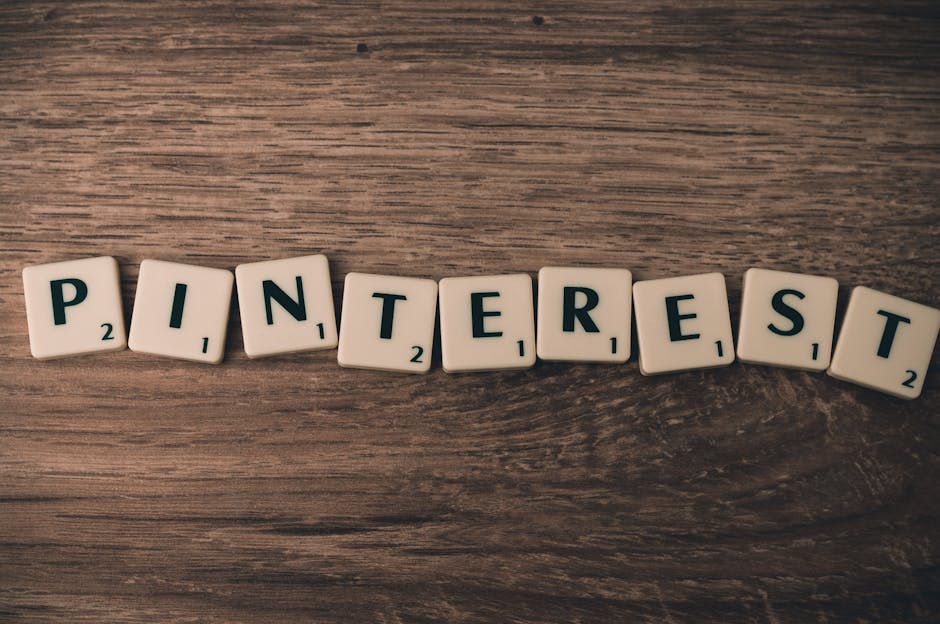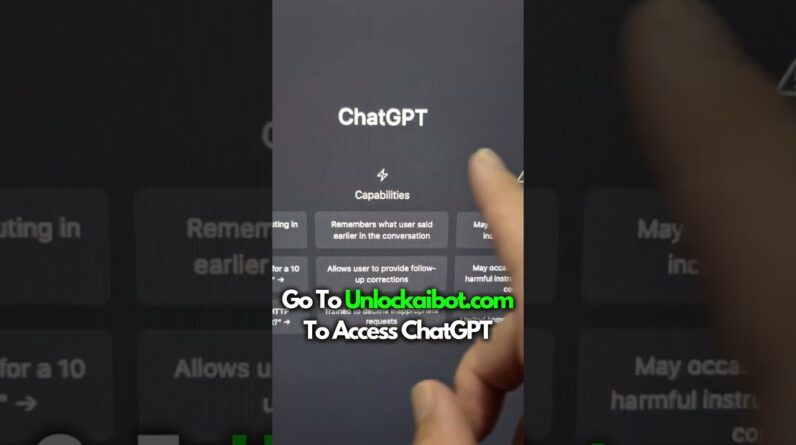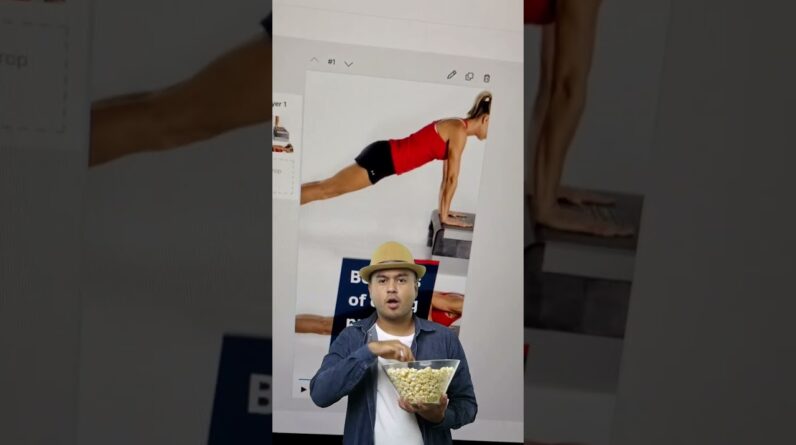(Song): Jenny, Jenny, since I first saw you… Hello, I'm Jason Pratt, the social media specialist
on the Florida campus. The Mayo Clinic Center for Social Media would
like to welcome you to Mayo Clinic. My name is Lee Aase, and I'm the director
for the Center for Social Media. We manage Mayo's official presence on platforms
like Facebook, YouTube and Twitter, and also manage several blogs like "Advancing the Science"
and "Sharing Mayo Clinic." We also provide guidance and training for
Mayo Clinic employees in how they can conduct themselves professionally online and then
also how they can apply these tools in their work. My name is Farris Timimi. I am a cardiologist and I'm the medical director
for the Center for Social Media. Our leadership formed the Center in 2010 to
take these revolutionary tools from PR and Marketing to clinical practice, research and
education, to fundamentally change the way we communicate – internally and externally. One of the fun projects that our Center for
Social Media has produced is this YouTube video that promotes awareness of the risk
factors of heart disease.
(Song): Jenny, please watch your numbers,
blood pressure, lipids and BMI… And here's another YouTube video that explains
why Mayo Clinic has a Center for Social Media in the first place. (video): I'm going to talk a little bit about
our founders. They saw it as their mission to reduce the
burden of disease everywhere — not just in their rural practice here in Rochester, Minnesota,
over 100 years ago. Following in their example, I am proud say
that Mayo Clinic has been, and intends to be among the leaders in using social media
in medicine. We're really fortunate that Mayo Clinic's
leaders see the power and potential of using social media tools in health care. But as Peter Parker's uncle said in "Spiderman,"
with great power comes great responsibility. That's why it's important for all of us as
Mayo Clinic employees to use these powerful tools in the right way. That's why we've established these social
media guidelines.
We WANT you to participate in Facebook. We want you to use Twitter effectively, but
to do so within the guidelines that govern our clinical practice, research and education. Our social media staff are going to take you
through these guidelines step-by-step so that you can use these tools carefully, effectively
and with confidence. Mayo Clinic employees act with integrity,
treat each other with respect and always protect patient privacy. Remember, don't do anything in the social
media world that you wouldn't do in the real world.
Whenever you are creating an online profile
– such as a new social media account – make sure you don't use Mayo Clinic's name within
your user name, and don't use Mayo Clinic's logo within your profile photo. Be sure you are clear that you're speaking
for yourself, not for Mayo Clinic. You should put a disclaimer such as this on
your Twitter bio or your blogs.
If you identify yourself as a Mayo employee
online, then you should act in a way that reflects well on you and on Mayo. When you are online commenting on a story
about Mayo Clinic be transparent. State somewhere in the comment that you are
working for Mayo and that you are an employee. Whether you are on your phone or at your desk,
use good judgement and be honest and accurate in your online communications, like these
guys. Don't let social networking interfere with
your work commitments. If you're on the clock, you shouldn't be on
Facebook. If you are an hourly employee, wait til your
break to check in on Facebook or Twitter or other social platforms. If a personal friend who is a patient wants
"to friend" you and you have a close relationship offline you can have that relationship online
as well. However, in general, if a patient requests
to "friend" you on Facebook, it's best to decline that request.
If you want to add your manager as a friend
that's okay, but the manager really shouldn't initiate the relationship. Here's a hint: use Yammer to connect with
your manager about work-related issues. Mayo Clinic doesn't endorse people, products
or services, and as stated in our Mayo Clinic Social Media Guidelines, you as an employee
shouldn't either. This includes all LinkdIn recommendations
and endorsements. We are here to help you harness the power
of these social media tools. We will train you. We can consult — all you have to do is ask. Our Mayo Clinic Center for Social Media formed
the Social Media Health Network as a gathering point where organizations across the world
look at using these tools effectively in health care. We have member organizations from across the
United States as well as Canada, Europe and even Australia. As a Mayo Clinic employee, you get access
to the network at no charge including access to some great online learning modules.

Here at Mayo we have an intensive, day-and-a-half
training program on social media called the Social Media Residency. It's open to all Mayo employees and people
outside of Mayo. It covers all skill levels, so individuals
who are just starting in social media to people who have had some experience. Here are a few of your Mayo Clinic colleagues
talking about which social media networks they use and how it's benefitting them and
their work area. Social Media is a powerful tool which can
help us enhance what we do, how we serve our patients. I utilize social media primarily with Twitter
and Facebook… I follow YouTube and Yammer. …Mayo Clinic's Facebook page and Twitter… …LinkdIn, Yammer and Pinterest. …YouTube, google+… …I use Facebook… …FourSquare… …Instagram… …LinkdIn, Pinterest, blogger… This isn't in addition to your job, this is
a part of your job. This is a conversation, which is what we're
trying to do. We are about the needs of the patient and
this is where our patients are, this is where their needs are going to be met most effectively.
And fundamentally, these tools allow us to
engage learners, patients and peers in an asynchronous fashion so that we're not dependent
or limited by geography or by time. As a physician at Mayo Clinic, I like to use
Twitter to tweet about studies that I think are important to advance patient care. I also have a circle of experts on Twitter
who help me keep up to date so they help me know which studies are important in their
field.
An on Yammer, I follow a few different groups. One of them is the clinical educator group
so that we can communicate and find out what other people are doing at different sites
and kindof make sure that we're all on the same page so that we can borrow ideas from
each other. It extends the reach of the news stories that
we get, so we can take a news story that appears in TV and radio that has been posted online
and we can further promote that to our audiences via Mayo's Facebook page. And now it's really an integral part of what
we do for marketing, for engaging patients, athletic coaches, trainers, around the topic
of concussion.
Even older doctors like me can learn how to
use social media. I actually now have a Twitter account, I'm
on Yammer. Oh, and by the way, I'm a Yammer poweruser. We use Yammer to replace a weekly meeting. We believe social networking platforms can
contribute positively to productivity. That's why we have Yammer, which is like our
internal version of Facebook and Twitter, to enable employees across the Mayo Clinic
system to connect with each other, to share knowledge and to work together. In addition to Yammer, Mayo Clinic offers
online comment capability on the Newscenter and on some internal blogs. Employees can recommend an article, send it
to a coworker or leave a comment on stories they've read. This creates opportunities for conversation
and helps employees share feedback. This is the same conversation that's been
occurring for hundreds of years. It's just in a digital platform. I think the misconception people often have
is that they get confused about the platform and, it's not the content, it's the conversation.
It's not the content, it's the connection
that's the issue. I think as long as you make the mindset that
it's fundamentally about connecting with people, then it becomes easy to understand and apply. So, there are three things that you're going
to want to do now. First, review the social media guidelines
for Mayo Clinic employees. Second, join the Social Media Health Network,
and third, log in to your Yammer account at Yammer.com using your Mayo Clinic email address. And lastly, we want you to know that you can
email us at any time at socialmediacenter@mayo.edu if you have any questions about social media
at Mayo Clinic or if you, or your department, want to know more about being social at Mayo.
I think I'm going to Tweet that..







